home |
avr microcontroller & DIY electronics |
toolbox |
science club |
tuxtalk |
photos |
e-cards |
Online-Shop

no preservatives added blog |
computer and graphics corner |
herbal treasure chest |
splash into math |
stardust |
periodic table
New England aster - symphyotrichum novae-angliae
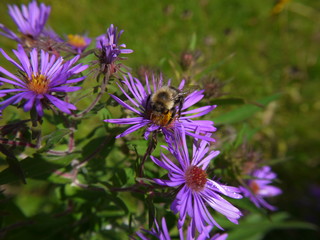
how to grow:
Asters look beautiful and are easily grown from seeds. They are perennial and hardy in US zones 4-9.
They attract bees and butterflies to your garden.
medicinal properties:
Asters were used by native Americans.
To treat a fever the Iroquois used a decoction (to prepare a decoction you put the herb in water and let it come to a boil and then let it steep for a long time, at least for 30-40 minutes or even hours) of the roots and leaves while the Cherokee prepared an infusion (infusion means that you prepare it like a tea).
The infusion of the roots was also used for diarrhea. The Cherokee also used a poultice of the roots for treating pain.
The Meskwaki smudged the plant to revive the unconscious.
It is also said to be useful topically for skin eruptions and for poisoning by poison sumac.
Today it is mostly used to help relieve breathing problems from asthma. On herbcraft.org/aster.html Jim Mcdonald says that a tincture prepared from the fresh flowering tops (mostly flowers, a few leaves) is good for the respiratory tract and clearing, relaxing and decongestant to the head and lungs and bringing relieve for asthma. It can have a calming effect and reduce anxiety.
On
https://www.herbalrootszine.com/articles/breathing-easy-much-faster-with-new-england-aster you can find a recipe for preparing a tincture.
New England aster can also be drunk as a tea.
Harvest the flowers as soon as they open and let them dry. Once dry, store them in a cool, dark and dry place.
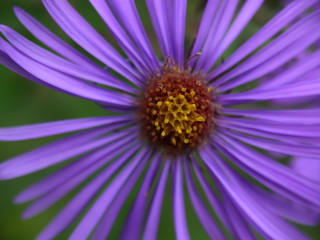
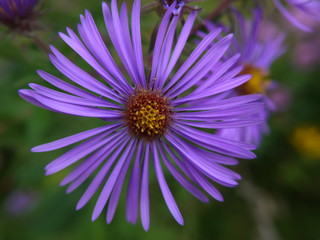
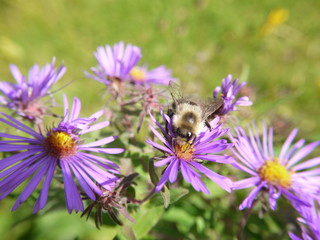
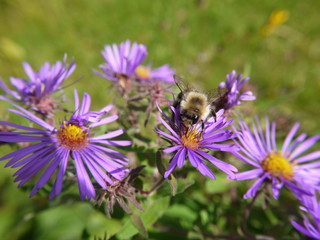
cautions and possible side effects:
- Eating the fresh flowers seems to have a negative effect on concentration and productivity.
- I couldn't find any studies about this herb so it's probably better to not use it if you are pregnant or breastfeeding.
further reading:
Copyright © 2004-2025 Katja Socher, tuxgraphics.org






